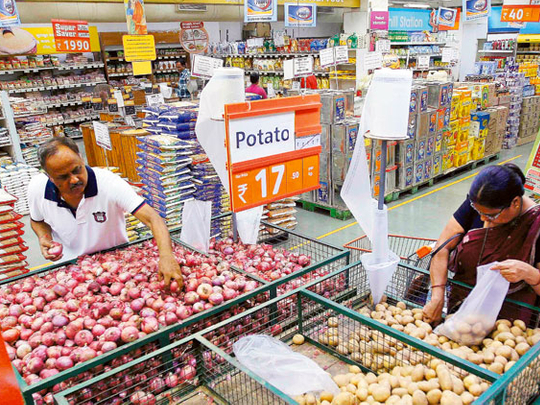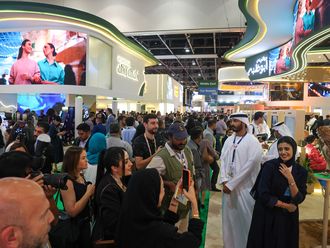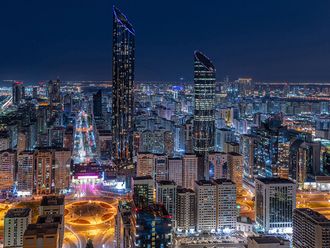
Beijing/Mumbai: Renewed virus restrictions across Asia have weakened consumer spending, but inflation may keep ticking higher in some of the region's biggest economies.
China's consumer prices will climb an estimated 80 basis points next year, the most in Asia, followed by Indonesia seen observing an increase of three quarters of percentage point, according to economists surveyed by Bloomberg. Analysts see the biggest price falls in the Philippines, where inflation is seen easing 1.2 percentage points.
Diverging inflation paths will determine the different paces at which Asia's monetary authorities start to wind down pandemic-era stimulus. In South Korea, where a gauge of consumer prices ran at 2.4 per cent last month, the central bank is expected to start raising interest rates this year. The Reserve Bank of Australia is seen hiking in 2023.
Surging costs of imported commodities have driven China's factory inflation to the highest level since 2008, while selling prices to consumers are holding fairly steady. The trend is likely to reverse next year, with consumer inflation is expected to tick up to 2.3 per cent from 1.5 per cent this year, while producer prices slow to 1.9 per cent.
Consumer spending in China will gain a firmer footing later this year and into 2022, helping to narrow the gap between supply and demand, said Jinyue Dong, senior economist with BBVA.
Average inflation in the Philippines is expected to settle at 4.2% this year and ease to 3% next year. The recent higher inflation is partly the result of statistical base effects that will start to fade out from November, according to economist Michael Ricafort at Rizal Commercial Banking Corp.
India faces big challenge
While inflation in most of Asia is likely to stay below 4 per cent next year, India and Sri Lanka are seen as different. Price gains in those countries are expected to top 4.7 per cent, out-pacing regional peers for a second year.
India is experiencing something similar to China's cost-push inflation, where higher input prices are the main factor pushing up the cost of goods and services. Concern about Indian inflation have triggered a recent selloff in shorter-maturity rupee bonds, a trend that may accelerate if prices continue to increase.
India's central bank may signal the start of a normalization of its accommodative monetary policy at its August meeting amid accelerating inflation and risks from surging oil prices, according to ICICI Prudential Life Insurance Co.
"We need to prepare ourselves for a rise in interest rates, starting with a rise in the reverse repo rate," said Arun Srinivasan, head of fixed income at the company, one of India's top private life insurers. "The signs point to it."
India's retail inflation crossed outside the central bank's 2-6 per cent comfort zone recently, pushing yields higher on fears the Reserve Bank of India's policy tone will change as early as August in the direction of normalization. Surging oil prices are adding fuel to the fire given the country's dependence on imports.
"The market found it very difficult to digest the inflation numbers, and we don't see commodity prices coming down, especially oil," said Srinivasan, who expects the RBI to first start draining liquidity using reverse repos, followed by a hike in the reverse-repo rate, and eventually a hike the benchmark interest rate after March 2022.








